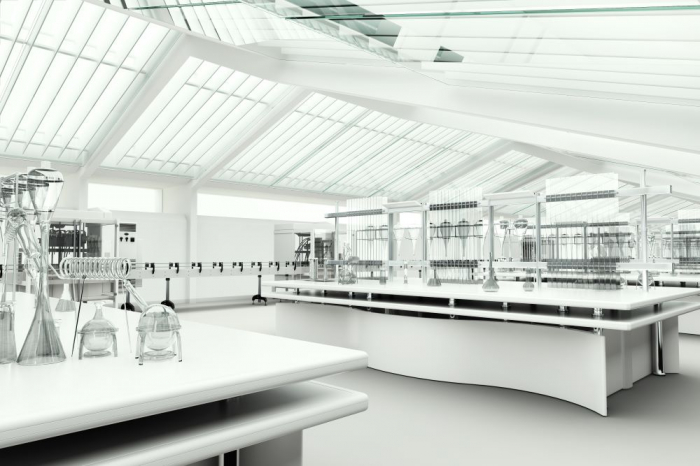How One Pharmaceuticals Company is Updating its Legacy Equipment in Stages

How One Pharmaceuticals Company is Updating its Legacy Equipment in Stages
In this case study, we’re taking an early look at how one company, Bio Products Laboratory (now a part of Kedrion Biopharma), is moving through the phased modernization process. Stay tuned for a future installment as the work continues!
All companies in the industrial automation space reach the point when they need to update their control equipment. For some, it’s when their legacy control system has reached its last day, and a change has to happen quickly (which can be costly in terms of immediate equipment replacement and downtime). Others are able to plan for this transition, reducing the downtime needed and doing the work on their own timeline.
Bio Products Laboratory (BPL) – a brand since acquired by Kedrion Biopharma – took the second approach. BPL’s main focus is the production of plasma-derived medicine, and reliable production is a must.
The work began when they formed a plan to migrate from the obsolete Modicon system that had been in place, said Paul Millard, Senior Automation Engineer at BPL.
“We’re doing our migration plan in manageable phases,” he said. “We’re currently in Phase 3.”
The initial phases: PAC selection and replacing a SCADA system
After realizing the work would be done in phases, BPL determined the new control systems they would use. Replacements they considered but ultimately decided against were out of the running due to logistical and functional issues – for one, Millard noted, they couldn’t find any system integrators who were familiar enough with the brand-new system; another was a “halfway solution” that wasn’t up to the task.
After evaluating each of the options, BPL selected the PlantPAx solution from Rockwell Automation and their distributor, Routeco. To start with, they’d replace an obsolete Schneider Electric SCADA system. In this early phase, they migrated to the VMware 7 virtualization platform. A PlantPAX will also be added to the VMware platform.
BPL selected the ControlLogix as its new PAC – five would be used in the production environment, plus one additional controller to provide redundant operation in the event of a failure. A complete replica of the new control system will also be provided for offline development and testing.
Rip-and-replace alternative
However, a standard rip-and-replace Modicon-to-ControlLogix migration was a no-go for BPL due to the downtime it would require.
“We realized early on that swapping out all the I/O (which is the end goal eventually) was not achievable during our three-week window when we could be shut down,” Millard said.
With a rip-and-replace, he noted, “We’d have an extended outage – we would have needed 6 or 7 weeks for that, and it would have been a business disruption.”
Together, Routeco and Rockwell Automation suggested ProSoft’s AN-X2 module for Modicon migrations, which would allow the systems to run in parallel during the installation, and enable BPL to transfer the existing I/O to the ControlLogix. (The existing system features about 1,500 I/O points.) This alternative could be used in the pre-approved shutdown window, and the ability to have the old and new control systems in commission after the installation.
“We actually now have a backout plan and when we come to commission this system, if the date isn’t hit, we have the option to unplug the cables to the ControlLogix and plug them back into the Modicon,” he said. “It gives you that security.”
Testing and next steps
This past summer, BPL was able to test how this process would work with their Modicon controller, a ControlLogix, and a ProSoft gateway.
After a firmware update, ProSoft’s gateway was able to support BPL’s mix of digital and analog I/O points, at which point BPL could validate that the combined solution would work well once the migration officially happens. The company plans to install the hardware next summer, with the software installation planned for a few months after.

